Ground Moisture Barrier Installers
For decades, many Kiwis have suffered from mould and dampness in their homes, especially if they are living in a rental property. While dehumidifiers and ventilation systems provide temporary relief, they do not fix the problem in the long run. With the introduction of the Healthy Homes Regulations in 2019, landlords now have to ensure that all rental properties in New Zealand have adequate insulation as well as moisture ingress and drainage, including ground moisture barriers.
What is a ground moisture barrier?
According to statistics, up to 400ml of water evaporates per square meter within 24 hours. All that water does eventually end up in your house, causing mould, mildew and other issues that can lead to respiratory problems such as asthma. A ground moisture barrier, also called an on-ground vapour barrier, stops all that dampness from evaporating into the floor above, thus significantly reducing moisture, condensation and mould in your home. Not only will the air inside your house feel a lot purer, you will also find it much easier to heat your home during the winter.
There are different kinds of ground moisturer barriers available. Most of the time they are sheets of polythene covering the ground floor which can be installed at the same time as underfloor insulation.
Under the Healthy Home Standards, ground moisture barriers are compulsory in every rental property with enclosed subfloors and need to meet legal requirements according to New Zealand Standard 4246:2016.
When is a subfloor enclosed?
If the airflow in and out of a subfloor is severely obstructed along at least half of its perimeter, the space is classified as being enclosed. The most common scenarios for having an enclosed subfloor are masonry foundation walls, any kind of timber skirting or cladding, adjoining buildings or structures as well as rock or soil blocking the airflow.
Exemptions
If your home or rental property meets certain criteria, you do not need to install a ground moisture barrier. Situations that grant an exemption include if the ground floor consists of a concrete slab or the subfloor space is too low off the ground for anyone to safely install a barrier.
Installation
Installing a ground moisture barrier is quite cost-effective and will save you lots of money long term. Once you have measured the size of your home in square meters, you need that much heavy duty builder’s polythene plus an additional 20% for wastage and overlaps. You will also need enough polythene tape to attach the sheet to joins and pilesl
However, you will only reap the benefits of a drier home if the barrier is correctly installed. You need to ensure that there are no gaps, rips or tears in the sheeting and that it extends above any walls or piles by at least 50mm. We recommend calling a professional to help install your ground moisture barrier according to legal requirements.
If your property qualifies for an EECA Warmer Kiwi Home insulation subsidy, you can save 80 to 100% of insulation costs. The subsidy includes ceiling and underfloor insulation and will cover the cost of on-ground vapour barriers as well.
Maintenance
Ground moisture barriers, if installed properly, only need annual check-ups. However, if moisture starts leaking through or puddles are starting to form above the barrier, it does need to be repaired or replaced as soon as possible.
If you’d like to learn more about ground moisture barriers and how they can help keep your home healthy and dry, simply give Waikato Insulation a call today and receive a free, non-obligatory quote. We can also help you find out if you qualify for any insulation subsidies under the EECA’s Warmer Kiwi Homes programme.

